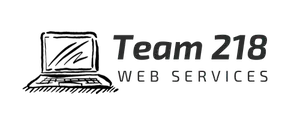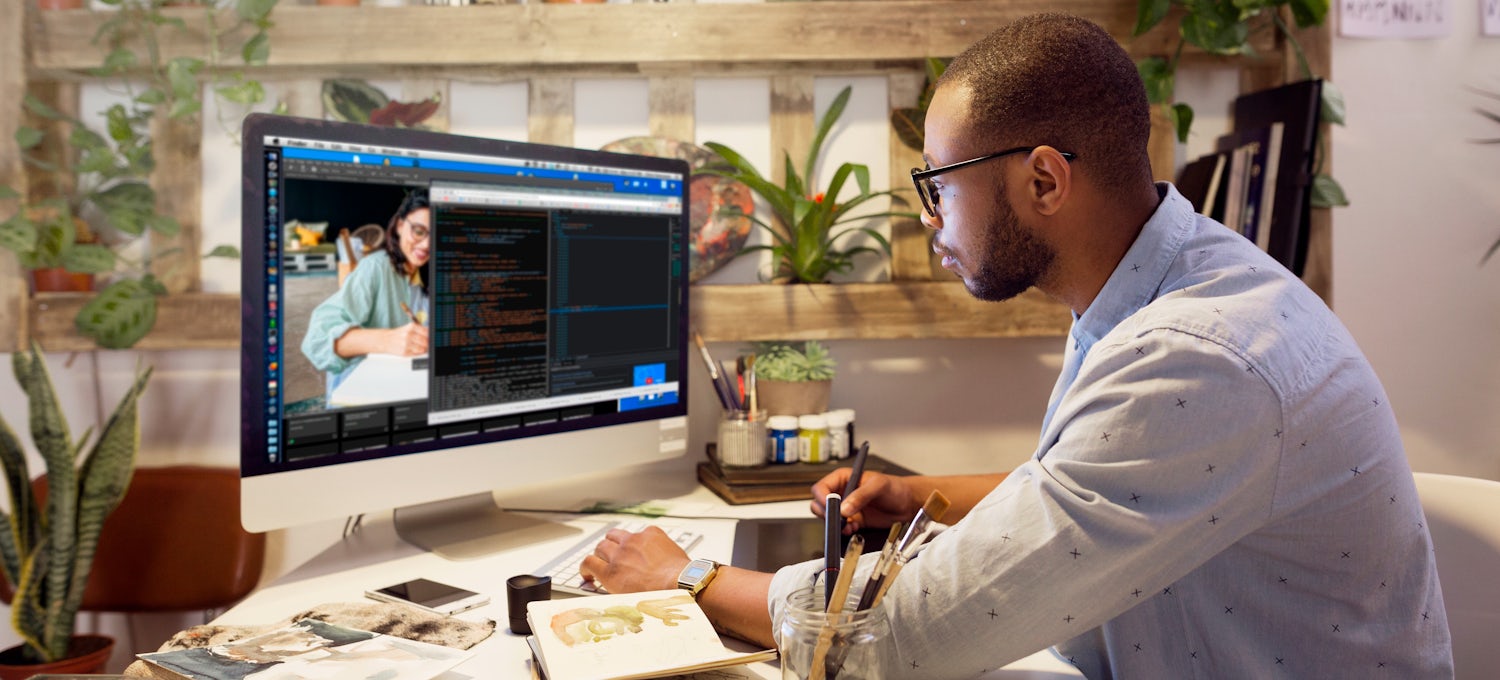The Comprehensive Guide to Crafting Visually Appealing and Useful Website Design That Meets Customer Demands
In today's electronic landscape, the importance of crafting web layouts that are both aesthetically appealing and useful can not be overstated. By focusing on user-centered style principles, developers can create experiences that not only bring in however also preserve customer rate of interest. Key aesthetic aspects such as placement, contrast, and equilibrium play a critical function in this process, while the need of responsive layout makes certain availability across numerous devices. The trip does not end with preliminary layout; ongoing screening and iteration are crucial for refinement. What approaches can one utilize to properly balance these parts?
Comprehending User-Centered Layout
At the heart of effective internet design exists the principle of user-centered style, an approach that focuses on the requirements, choices, and habits of individuals throughout the advancement process. This approach involves comprehensive study to understand the target market, making certain that the final product resonates with its intended individuals. By integrating individual comments at every stage, designers can produce interfaces that are not only visually appealing but also functional and intuitive.
User-centered layout stresses compassion, calling for developers to enter the users' shoes and consider their perspectives. Techniques such as customer characters, trip mapping, and functionality testing are employed to identify discomfort factors and chances for enhancement. This iterative procedure permits continuous improvement, as designers adjust to developing user needs and technical innovations.
Integrating user-centered style results in increased customer contentment and involvement, eventually resulting in greater conversion rates and brand commitment. It promotes a collaborative setting where stakeholders, including customers, designers, and designers, interact to attain a shared vision. By placing customers at the forefront of the design process, companies can produce sites that not just meet business goals but additionally supply satisfying and meaningful experiences for customers.
Key Concepts of Visual Design
Reliable visual style works as the structure for developing appealing and user-friendly internet sites. It includes several vital concepts that assist developers in crafting visually pleasing and functional user interfaces.
First, balance plays an essential duty in achieving visual consistency. Developers ought to disperse elements evenly throughout the format to stay clear of overwhelming individuals. This can be accomplished via balanced or asymmetrical style strategies.

Additionally, positioning is vital for arranging information. Constant placement of text and pictures cultivates a clean design, boosting overall navigation and individual experience.
 Distance additionally adds to visual clearness. Organizing relevant items together help customers in understanding the relationship between various components, making the user interface more user-friendly.
Distance additionally adds to visual clearness. Organizing relevant items together help customers in understanding the relationship between various components, making the user interface more user-friendly.Finally, uniformity in layout components, such as typefaces, designs, and shades, reinforces brand identity and helps users navigate the website more effortlessly. By incorporating these key principles of visual design, internet developers can develop user interfaces that are not just aesthetically attractive however likewise practical and user-centered.

Relevance of Responsive Style
Receptive design is a critical aspect of modern-day web advancement, ensuring that web sites function perfectly throughout a range of tools and display sizes. As the web landscape advances, the diversity of devicesâEUR" varying from smart devices to tablets and desktop computersâEUR" requires a layout approach that fits all customers.
Implementing responsive layout enables a versatile design that instantly adjusts based on the user's screen dimensions. This flexibility not just boosts accessibility but additionally boosts usability, as individuals can connect and browse with the website easily, no matter of their device.
Moreover, online search engine like Google prioritize mobile-friendly sites in their ranking formulas. A responsive style can dramatically boost a website's search engine optimization efficiency, inevitably driving even more website traffic and raising visibility.
Additionally, receptive layout lowers the demand for keeping numerous variations of a web site, enhancing updates and content management. This efficiency translates right into expense savings and a much more cohesive brand experience throughout systems.
Enhancing Individual Experience
User experience (UX) is a pivotal part of website design, influencing how site visitors connect with a web site and view its value. A well-crafted UX makes certain that individuals can navigate intuitively, locate info easily, and attain their goals efficiently. The layout needs to think about the user's trip, from the moment they come down on the website to the completion of their wanted action, whether that be buying, authorizing up for a newsletter, or accessing details.
Key aspects that boost UX include clear navigation, receptive designs, and engaging aesthetic content. Uniformity in design components useful site such as switches, colors, and typefaces fosters experience, making the website really feel natural. Furthermore, maximizing load times is vital; users are much less most likely to stay on a site that is slow-moving to respond.
Integrating accessibility functions makes certain that all users, consisting of those with disabilities, can communicate with the website seamlessly. User-centric layout concepts should redirected here direct material company, providing relevant info in a rational framework. web design. By focusing on customer needs and preferences, web designers can produce experiences that are not just aesthetically enticing yet also functional, ultimately promoting individual satisfaction and loyalty
Checking and Repeating Layouts
Examining and repeating layouts are basic procedures that follow the initial development of an internet site, making certain that the customer experience continues to be at the center of any kind of changes. These phases entail collecting individual comments, examining style performance, and making informed modifications to enhance usability and engagement.
Functionality testing permits designers to observe actual individuals as they interact with the web site, identifying discomfort points and locations for enhancement (web design). Customer surveys can supply qualitative insights, recording individual views and preferences.
Continual iteration fosters an adaptive style strategy, where the website develops in action to customer behavior and feedback. By dedicating to extensive screening and model, developers can develop a website that not only meets aesthetic requirements however likewise supplies a smooth and enjoyable individual experience.
Verdict
Finally, efficient website design necessitates the integration of user-centered principles, essential visual design elements, and receptive structures to develop interesting user interfaces. By prioritizing individual requirements and executing continuous screening and iteration, designers can improve their productions to boost general fulfillment. The dedication to these methods not only fosters an aesthetically enticing visual however likewise makes sure performance across varied gadgets, eventually adding to a favorable user experience and raised Read More Here involvement.
By focusing on user-centered design concepts, developers can create experiences that not just draw in however also keep user passion.At the heart of efficient web design exists the principle of user-centered layout, an ideology that focuses on the requirements, preferences, and actions of individuals throughout the advancement procedure. By placing customers at the forefront of the layout process, organizations can develop web sites that not only fulfill service objectives yet likewise provide rewarding and significant experiences for users.
By prioritizing user requirements and choices, web developers can create experiences that are not just visually appealing yet also practical, ultimately promoting user satisfaction and loyalty.
Customer surveys can use qualitative understandings, capturing individual views and choices. (web design)
Comments on “How to Optimize Your Website's Efficiency with Advanced Web Design Approaches”